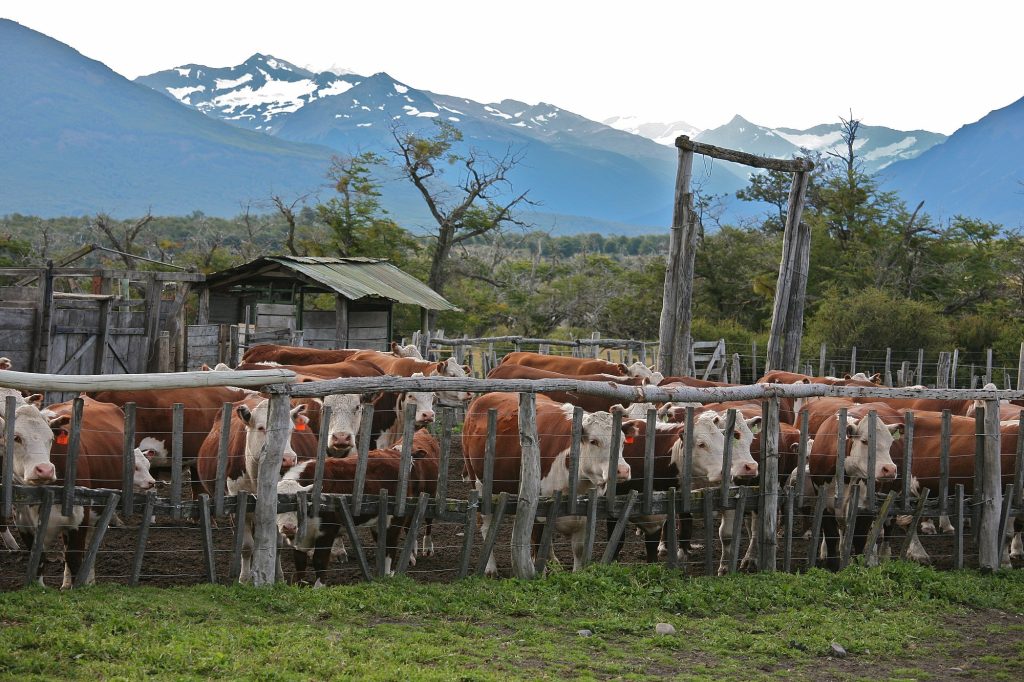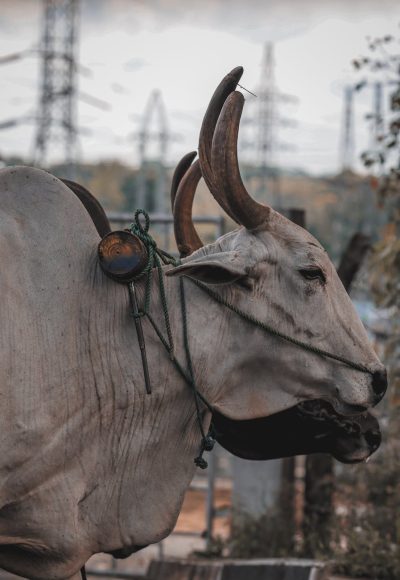
Hello students, welcome to this blog on the meaning and types of Ranching.
Table Of Contents
- Meaning of ranching
- Types of ranching
- Methods of ranching
- Advantages of ranching
- Disadvantages of ranching
- Revision Questions.
WHAT IS THE MEANING OF RANCHING
Meaning: This is the system of livestock rearing which involves keeping of farm animals on a large scale and on a large expanse of enclosed land, which may be under natural vegetation or planted pasture. The animals are allowed to move about and graze freely on the ranch. The stockman may have to supply the animals with supplement feeds in the form of concentrates, vitamins and minerals. Enough water is also supply by the farmer for this animals.
A ranch should be fence and provided with stockades, crushes, animal dips and sheds and corrals, to Harbour the animals during bad weather. Sheds are also needed to keep and treat sick animals.
In Ranching, it is possible to adapt rational grazing, whereby the ranch is divided into sections and each sections is used for a certain period of time, before the animals are moved to other sections one after the other. Rational grazing allows the pasture to grow and prevent overgrazing. And example of a ranch is the obudu ranch in Cross River State, Nigeria. King ranch in the United States of America, ladder ranch in new Mexico, padlock ranch in Montana and Pitchfork ranch located in Texas
TYPES OF RANCHING
Cattle Ranching: This involves raising cattle for meat production. It’s one of the most common types of ranching worldwide.

Sheep Ranching: Similar to cattle ranching, sheep types of ranching involves raising sheep for meat, wool, or both.
Horse Ranching: This types of Ranching focuses on breeding and raising horses for various purposes, such as riding, racing, or working.
Mixed Ranching: Some ranches raise multiple types of livestock, such as cattle, sheep, and goats, or a combination of livestock and crops.
Guest Ranching: This types of Ranching is also known as dude ranching, these ranches offer accommodations and activities for guests, such as horseback riding, fishing, and hiking, in addition to traditional ranching activities.
Wildlife Ranching: Some ranches focus on conservation efforts and may raise native wildlife species for conservation, hunting, or tourism purposes.
METHODS OF RANCHING
Extensive Ranching: This Methods of Ranching Involves allowing livestock to roam over large areas of pasture or rangeland, often with minimal human intervention. This method is common in regions with abundant land resources.
Intensive Ranching: Involves confining livestock in smaller areas and providing supplemental feed, water, and shelter. This method is often used in situations where land resources are limited or where higher stocking densities are desired.
Rotational Grazing: This Methods of Ranching Involves dividing pastures into smaller paddocks and rotating livestock between them to allow forage to regrow and prevent overgrazing. This method can improve pasture productivity and soil health.
Managed Grazing Systems: This Methods of Ranching Combine elements of rotational grazing with careful monitoring and planning to optimize forage utilization, animal performance, and environmental sustainability.
Silvopasture: This methods of Ranching Integrates trees with livestock grazing to provide shade, windbreaks, and additional forage resources. This method can improve animal welfare, enhance biodiversity, and sequester carbon.
Holistic Management: This Methods of Ranching Focuses on managing ranches in a way that considers the interconnectedness of ecological, social, and economic factors. This approach emphasizes adaptive management, goal setting, and holistic decision-making.
Organic and Sustainable Ranching: This Methods of Ranching Involves implementing practices that minimize the use of synthetic inputs, promote biodiversity, and protect natural resources. This may include organic certification, conservation easements, and agroforestry techniques.
Advantages of Ranching
The following are the advantages of Ranching in agriculture.
- Selective breeding can be practiced.
- The rancher can easily observe and identify animals that are sick.
- There is availability of pasture all the year round.
- Regular supply of water is issued.
- There is low incidence of diseases and pests.
- High quality animals are produced.
- Low death rate of animals is recorded.
Disadvantages Of Ranching
The following are the Disadvantages of Ranching in agriculture:
- Overstocking: The available land and pasture may not be enough for the available stock.
- It is very difficult to give individual attention to each animal on ranch.
- It is very expensive to manage a ranch.
- Outbreak of disease may wipe out the whole stock.
Revision Questions on Types of Ranching
- What is ranching?
- List and discuss the types of ranching.
- Outline And explain five methods of ranching.
- (a) Enumerate five advantages of ranching, (b) enumerate four disadvantages of ranching.

Am an A-LEVEL so i need help in some research about study.
What do you want to study? Kindly reach out to us on the information provided on our contact page. we will be glad to help.